In “Hawaiian Paradise: Surfing the Volcanic Waves,” the author explores the exhilarating experience of surfing amidst Hawaii’s unique volcanic landscape. The article delves into the fascinating historical backdrop of Hawaiian surfing culture, tracing its roots back to ancient traditions and highlighting its evolution to present-day popularity. It examines current trends, such as the rise of eco-tourism and sustainable surfing practices, which have captivated enthusiasts worldwide. Through an array of captivating case studies and expert analysis, readers will gain comprehensive insights into the interplay between Hawaii’s natural volcanic features and the thrilling sport of surfing.
This article is an essential read for those interested in understanding the intricate balance between natural wonders and human sportsmanship, emphasizing the significance of preserving Hawaii’s pristine environment while enjoying its majestic waves. Hawaiian Paradise: Surfing the Volcanic Waves
Have you ever wondered what it feels like to surf waves born from volcanic activity, beneath the shadow of towering, active volcanoes?
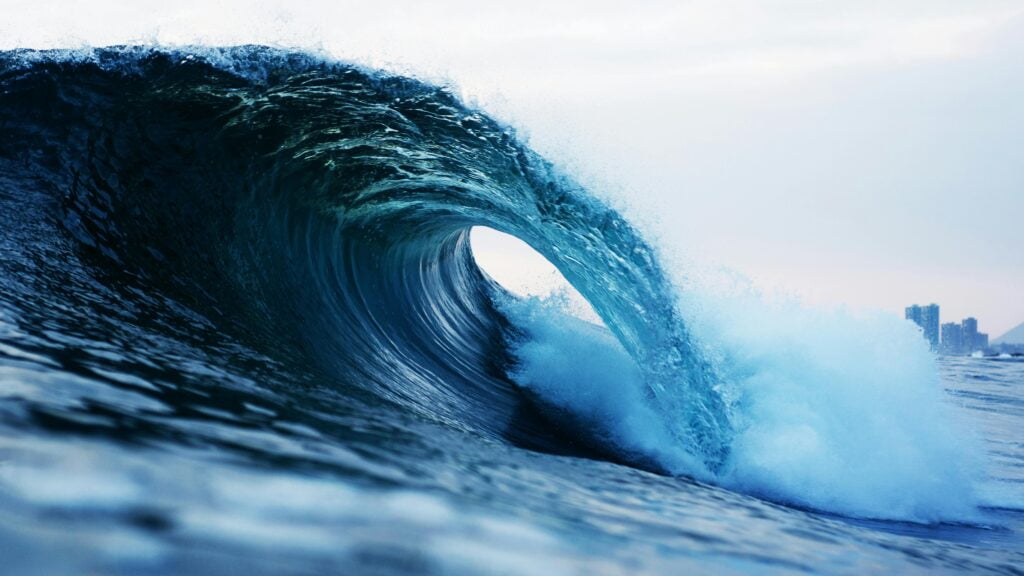
This image is property of images.pexels.com.
Table of Contents
Introduction
Hawaii, an archipelago formed from volcanic activity, offers a unique blend of cultural richness and natural marvels. With its pristine beaches, verdant landscapes, and effervescent ocean, it consistently beckons travelers from across the globe. Yet, beyond the picturesque scenery lies an exhilarating experience that captures the heart and soul of many: surfing the volcanic waves.
The Unique Allure of Hawaiian Surfing
Surfing in Hawaii isn’t merely a sport; it’s a cultural phenomenon embedded deep within the island’s history and traditions. From ancient Polynesians riding the waves on wooden boards to modern-day surfers tackling towering swells, Hawaii remains the epicenter of global surfing. Add the dramatic backdrop of volcanic landscapes, and you’ve got an experience unrivalled anywhere else in the world.
Thesis Statement
This article delves into the magnetic allure of surfing in Hawaii, elucidating why it is a must-do for both seasoned surfers and novices. By examining the historical context, current trends, key concepts, and future implications, it becomes evident how the interplay between volcanic activity and oceanic phenomena creates an unparalleled surfing experience.
Historical Context
Ancient Polynesian Surfing
Surfing has deep-rooted cultural significance in Hawaii, dating back to ancient Polynesians who first populated these islands. These early inhabitants revered the waves, considering their relationship with the ocean a spiritual one. Surfing was often reserved for royalty and was referred to as “he’e nalu,” which translates to wave sliding.
The Evolution of Modern Surfing
The revival of surfing in the early 20th century, partly attributed to Duke Kahanamoku, a native Hawaiian and Olympic swimming champion, helped propel the sport onto the global stage. Today, surfing in Hawaii is a major industry, attracting enthusiasts from all corners of the world.
Current Trends
Surfing Hotspots in Hawaii
Hawaii boasts numerous famed surfing spots, each offering unique wave conditions shaped by the volcanic sea floor:
- North Shore of Oahu: Known as the “Seven-Mile Miracle,” it’s home to iconic surf spots like Pipeline and Waimea Bay.
- Maui’s Peahi (Jaws): Famous for its mammoth waves, attracting big wave surfers.
- Honolua Bay: Ideal for longboarders seeking smooth rides.
The Role of Volcanic Activity
Hawaii’s geological activity directly influences its surf conditions. The underwater topography created by lava flows and volcanic rock formations shapes the ocean floor, leading to the formation of perfect waves when ocean swells interact with these structures.
Key Concepts and Definitions
He’e Nalu (Wave Sliding)
An ancient term reflecting the cultural and spiritual essence of surfing in Hawaii, emphasizing the harmonious relationship between the surfer and the ocean.
Volcanic Waves
Waves influenced by the unique volcanic seabed of Hawaii, offering distinct surfing experiences due to varied underwater topographies.
Swells
Ocean waves generated by distant wind storms, crucial in determining the quality and size of surfing waves. In Hawaii, both North and South swells play pivotal roles.
Surfing Ecosystem
A comprehensive term covering the environmental, cultural, and economic aspects of surfing in Hawaii, including surf tourism, surfboard production, and local traditions.
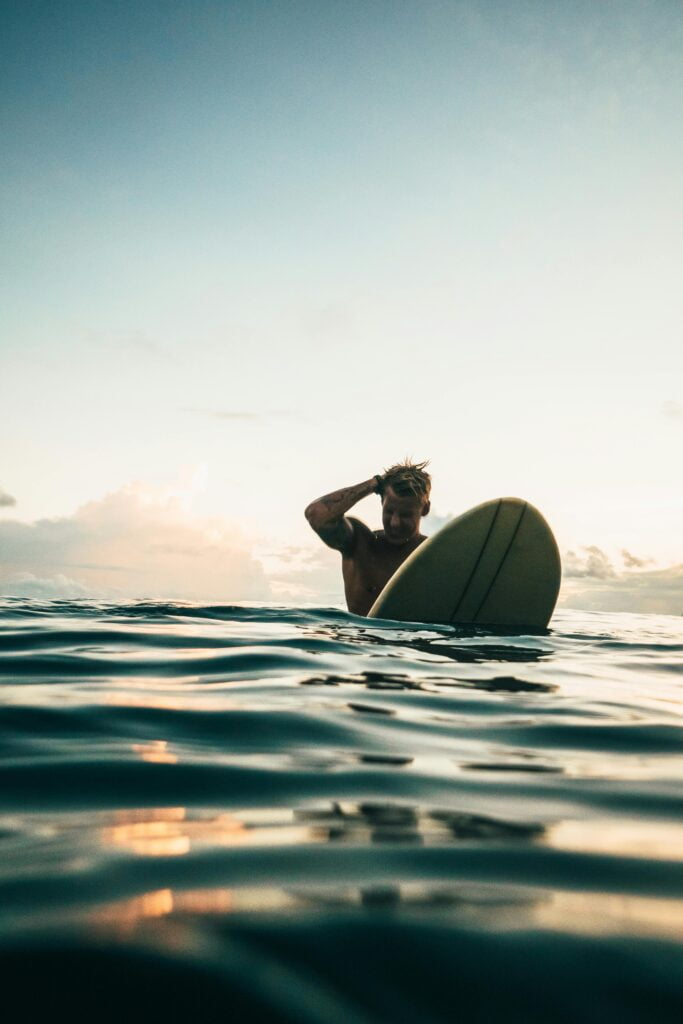
This image is property of images.pexels.com.
Break It Down
Factors Shaping Hawaiian Waves
1. Underwater Topography
The interaction between volcanic formations and ocean swells is fundamental in shaping Hawaii’s surf. For instance, the shallow reef beds at Pipeline create fast, powerful waves ideal for high-performance surfing.
2. Seasonal Swell Patterns
- Winter: The North Shore of Oahu sees prominent swells, making it a global surfing mecca.
- Summer: South-facing shores like Waikiki experience consistent swells, perfect for beginners.
3. Wind Patterns
Trade winds impact wave formation, with wind swells contributing to local wave conditions. Understanding these patterns is crucial for predicting surf quality.
The Intersection of Culture and Surfing
1. Surf Competitions
Events like the Vans Triple Crown of Surfing elevate Hawaii as the global surfing hotspot, drawing top surfers and significant media coverage.
2. Surf Schools and Tourism
Hawaii offers myriad surf schools, catering to tourists eager to ride volcanic waves while learning about local culture and history.
3. Local Legends and Stories
Stories of legendary surfers and mystical waves foster a deep connection between the local community and their heritage, ensuring surfing remains a living tradition.
Examples of Volcanic Surfing
Example 1: Pipeline (North Shore of Oahu)
Pipeline is arguably the most famous surf spot in the world. Its powerful, barreling waves break over a shallow reef, making it both exhilarating and dangerous. Careful study of Pipeline’s wave mechanics reveals the interplay between swells, the reef structure, and local wind conditions—a perfect case of volcanic influenced surfing.
Data and Credibility
- Depth Chart: Shows the steep gradient of the seabed.
- Swell Analysis: Winter swells can reach over 20 feet, creating iconic surfable waves.
Example 2: Jaws (Peahi, Maui)
Jaws is synonymous with big wave surfing. Waves here can exceed 60 feet during peak winter swell seasons. The lava tubes and submerged volcanic formations play a significant role in shaping these monstrous waves.
Data and Credibility
- Wave Height Records: Detailing maximum wave heights recorded.
- Geological Surveys: Highlight underwater volcanic features shaping Jaws.
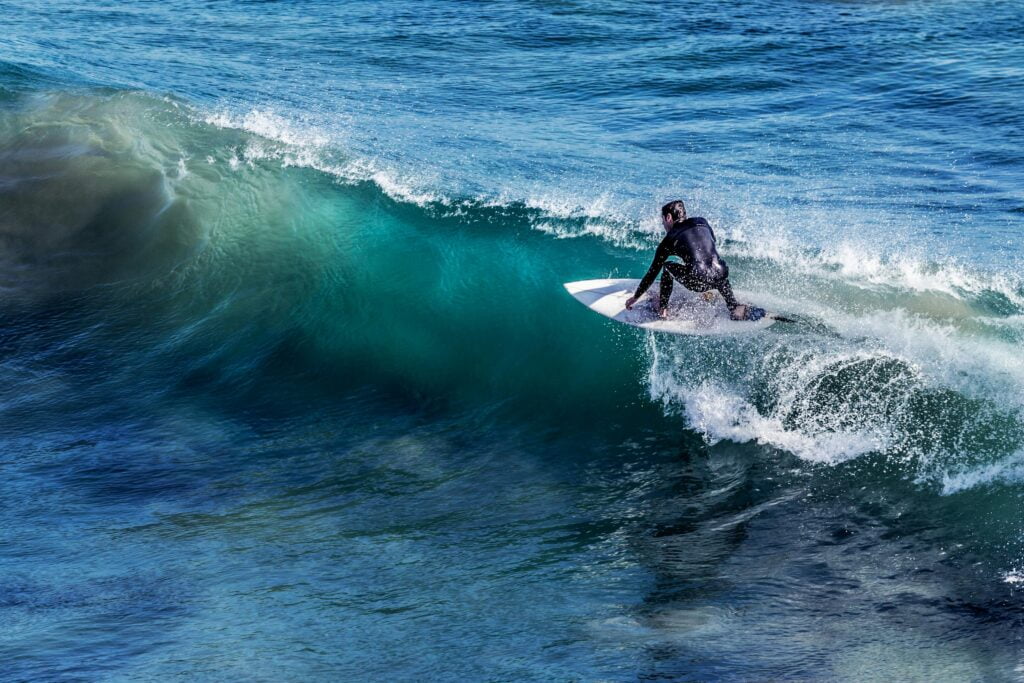
This image is property of images.pexels.com.
Compare Different Points of View
Cultural Enthusiasts vs. Modern Surfers
| Aspect | Cultural Enthusiasts | Modern Surfers |
|---|---|---|
| Relationship with Ocean | Spiritual, reverential focus on harmony with nature | Thrill-seeking, performance-oriented |
| Equipment | Traditional wooden boards | High-tech fiberglass and epoxy boards |
| Surfing Style | Emphasis on long rhythmic rides | Focus on tricks, turns, and competitive edge |
| Environmental Impact Awareness | Deep respect for ocean conservation, minimalistic approach to equipment | Growing awareness, but equipment manufacturing has environmental impact |
| Influence of Volcanic Waves | Viewed as a mystical, divine experience | Scientific analysis, leveraging technology to predict waves |
Recreational Surfers vs. Professional Surfers
| Aspect | Recreational Surfers | Professional Surfers |
|---|---|---|
| Skill Level | Varied, often beginners to intermediates | Highly skilled, experts in wave interpretation |
| Commitment Level | Casual, seasonal | Year-round training, travel for best waves |
| Wave Preferences | Smaller, safer waves | Big, powerful waves |
Impact Assessment
Economic Contribution
Surfing significantly contributes to Hawaii’s economy. From surf schools to competitions, the sport generates substantial revenue through tourism, equipment sales, and broadcast rights. For instance, the Vans Triple Crown of Surfing not only attracts tourists but also engages global audiences, bringing in millions of dollars of media value.
Environmental Considerations
While surfing inherently promotes a connection with nature, the industry faces criticism for its environmental impact. The production of surfboards, wetsuits, and the influx of tourists contribute to carbon footprints. However, recent initiatives promoting eco-friendly surfboards and sustainable tourism practices highlight a shift towards minimizing these impacts.
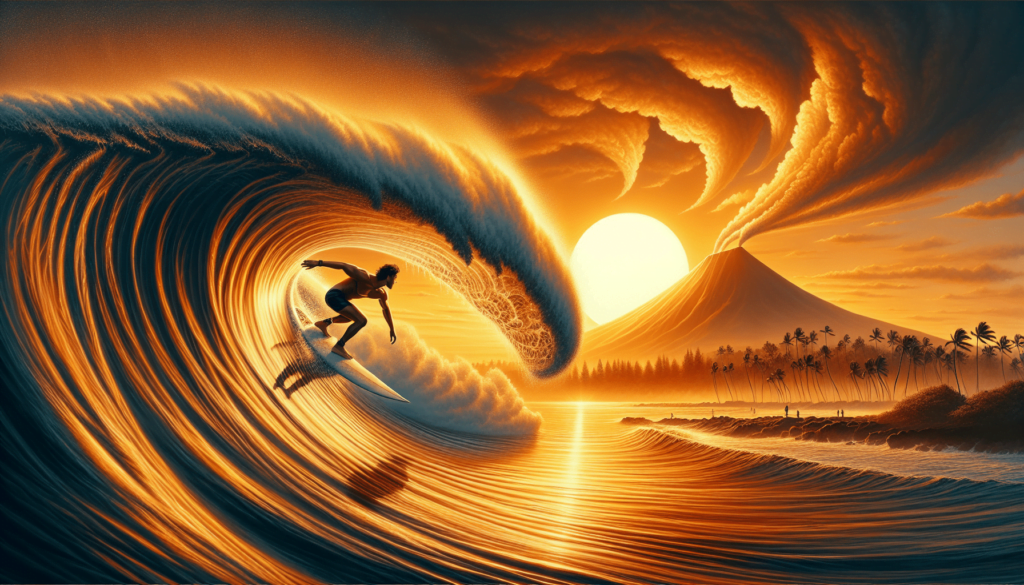
Future Directions and Implications
Predictions
As climate change affects the world, surf conditions are expected to fluctuate. Predicted sea-level rise and changing weather patterns may alter current surf spots, possibly creating new ones. Technological advancements in surf prediction models will also enhance surfers’ ability to seek optimal conditions, making surfing even more appealing and safer.
Implications for the Surfing Industry
The increasing popularity of surfing, coupled with technological developments, suggests that the sport will continue to thrive. Drones and AI are expected to revolutionize surf photography and safety. Eco-friendly initiatives, such as biodegradable surfboards and wetsuits, will likely become standard, reflecting the growing environmental consciousness within the surfing community.
Conclusion
Summarise
Surfing the volcanic waves of Hawaii offers an unmatched experience that intertwines thrilling sport with deep cultural heritage. From the historical significance of ancient Polynesian surfers to the modern excitement of international competitions, Hawaii remains a jewel in the surfing world. The article highlighted how Hawaii’s unique geological features, combined with seasonal swells, create perfect surfing conditions, making it an indispensable topic for any surfing enthusiast.
Final Thoughts
Imagine riding a wave, feeling the volcanic energy beneath you, and becoming part of a tradition that spans centuries. Surfing in Hawaii provides not just an adrenaline rush but a connection to an ancient culture and an unbeatable natural environment. Isn’t it time to dive into this unforgettable experience?
Engage
I encourage you to delve deeper into the world of Hawaiian surfing by exploring related articles and resources. Discover the captivating stories of legendary surfers, learn more about eco-friendly surfing practices, and start planning your trip to this incredible paradise. What do you think about surfing the volcanic waves of Hawaii?
Credible Sources
- Hawaiian Surfing: Traditions from the Past by John R. K. Clark
- The Surfer’s Guide to Hawaii by Greg Ambrose
- National Oceanic and Atmospheric Administration (NOAA)
- The Vans Triple Crown of Surfing Official Website
Your journey to Hawaii awaits with waves that promise memories lasting a lifetime. Make sure to stay updated with more content, and you’ll find yourself better informed and inspired to ride the volcanic waves of Hawaii.
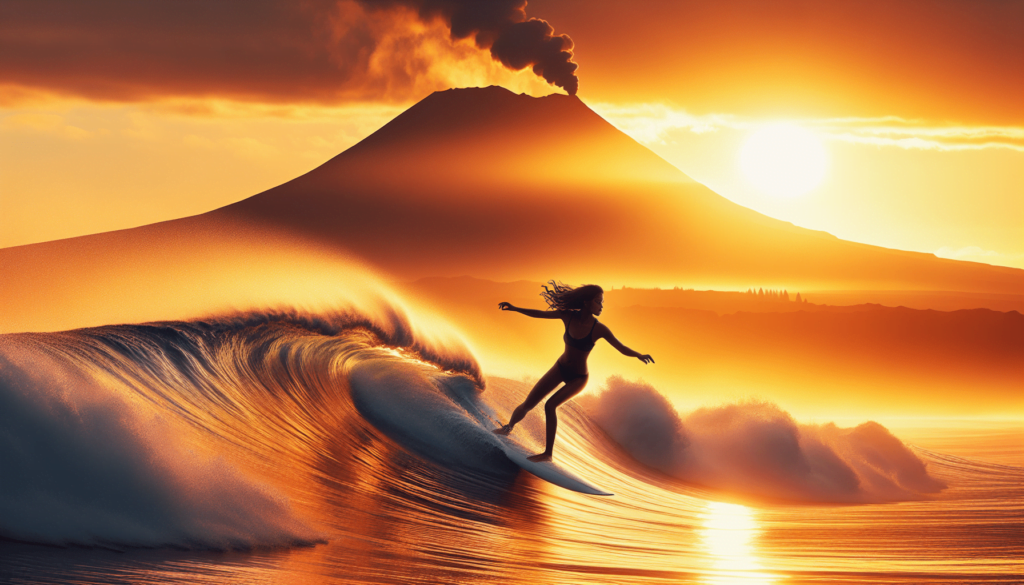
Travel and Surfing in Hawaii: A Paradise for Wave Riders
👋 Recommended products : Most Luxurious 4BDR Ocean Villa at Turtle Bay
